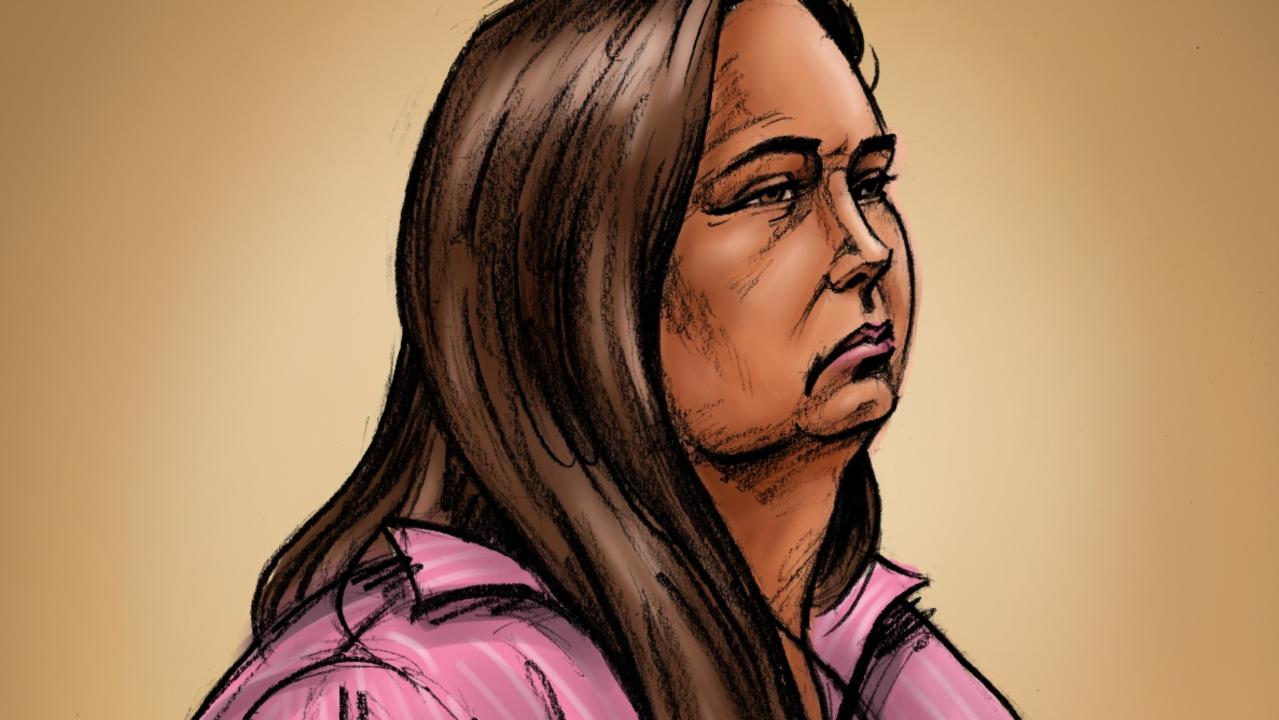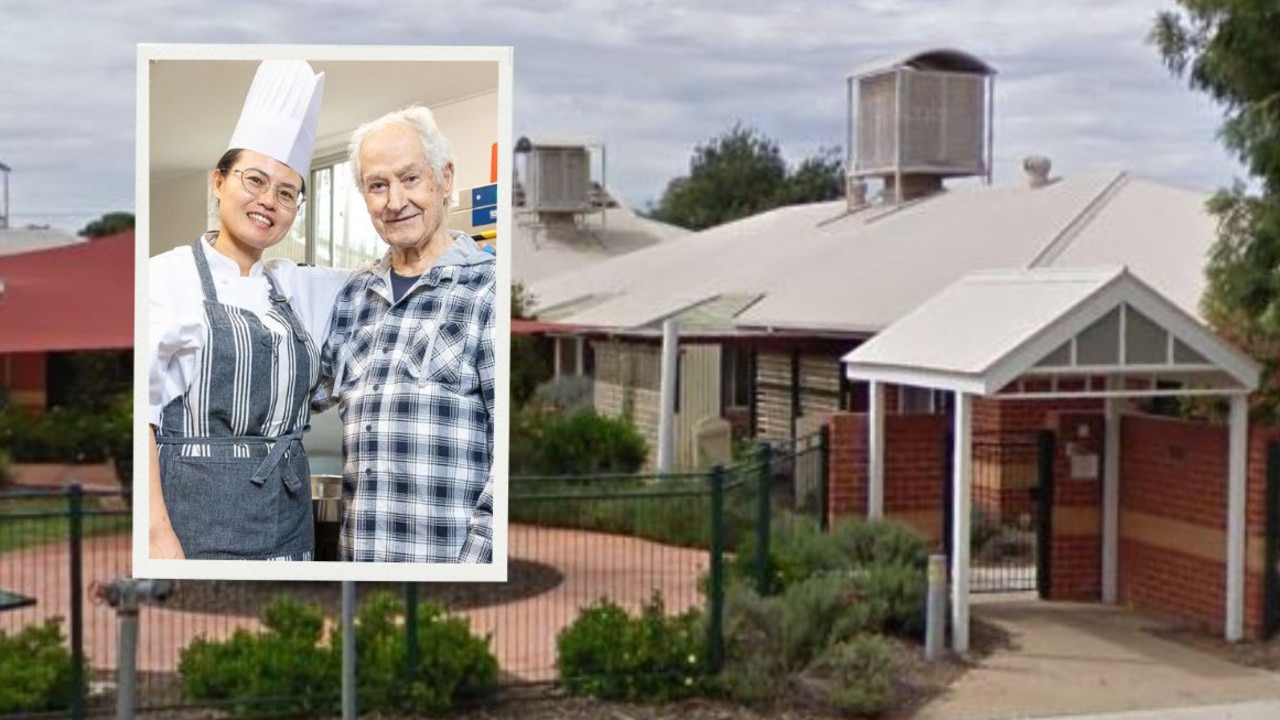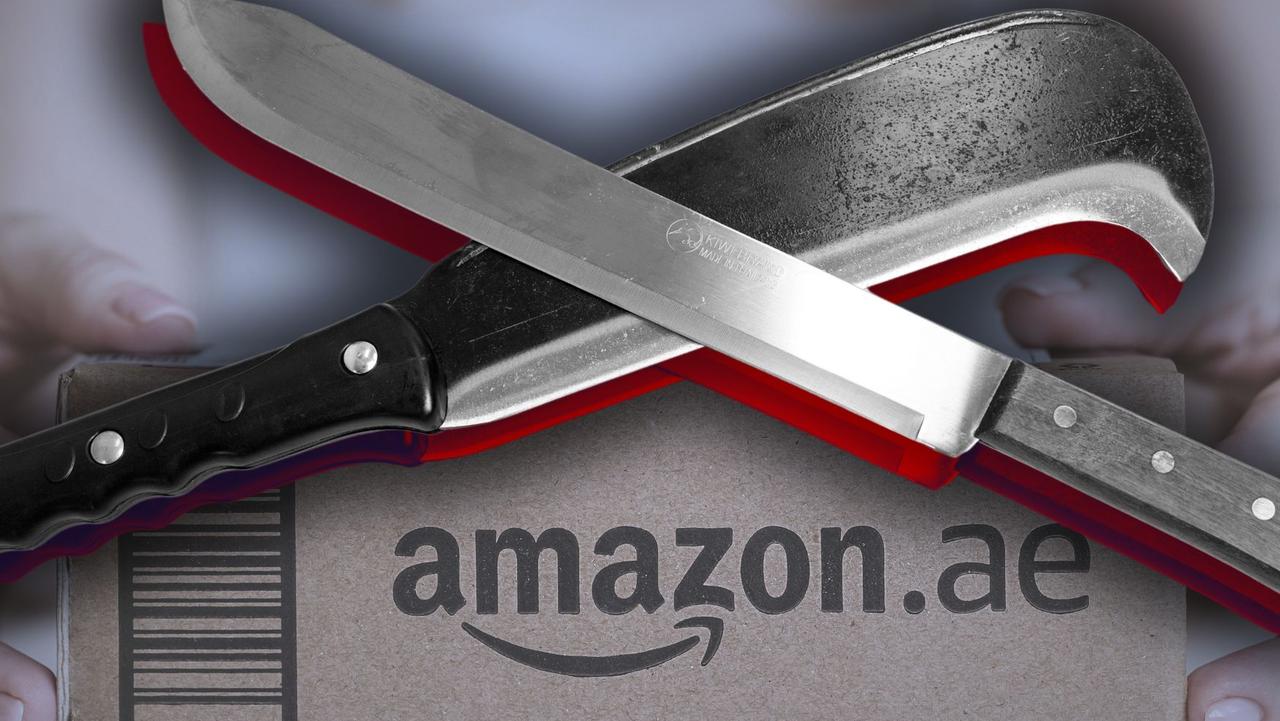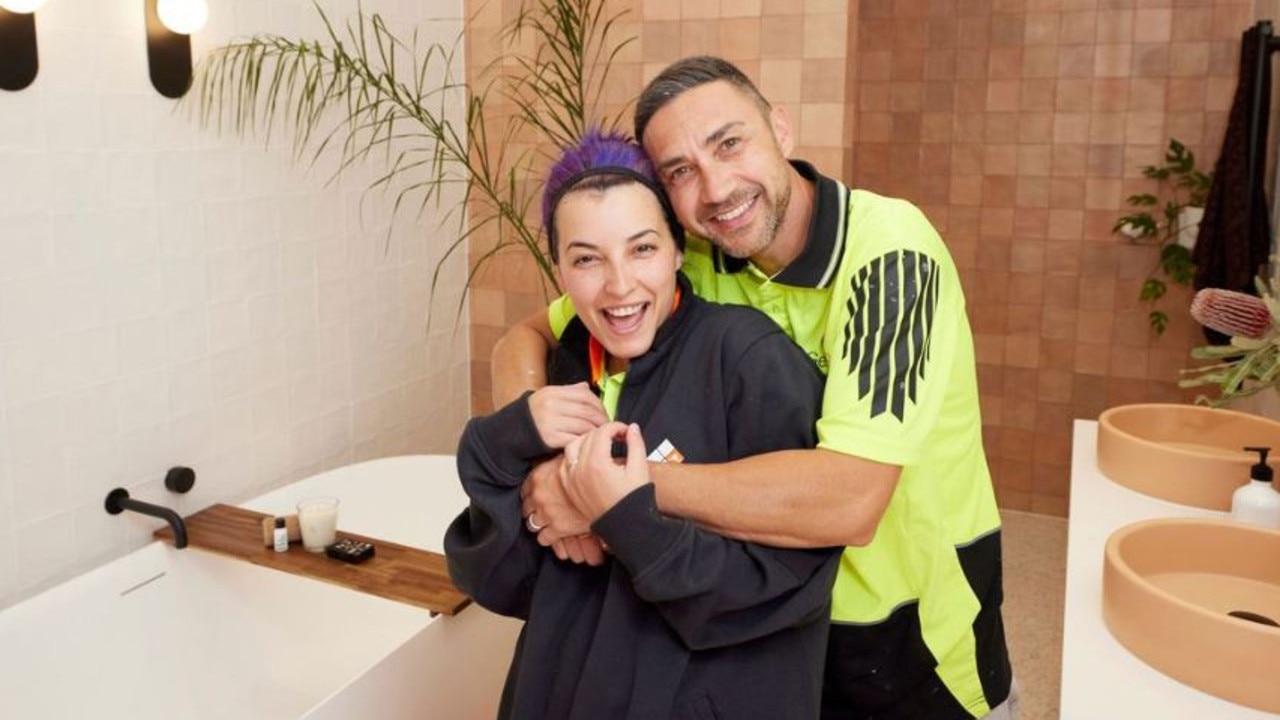New network map revealed: How the $15bn Metro Tunnel will change your trip into the Melbourne
Thousands of footy fanatics are set to have their commute into the game rerouted when the $15 billion Metro Tunnel opens. See the new map to find where you will need to switch lines.
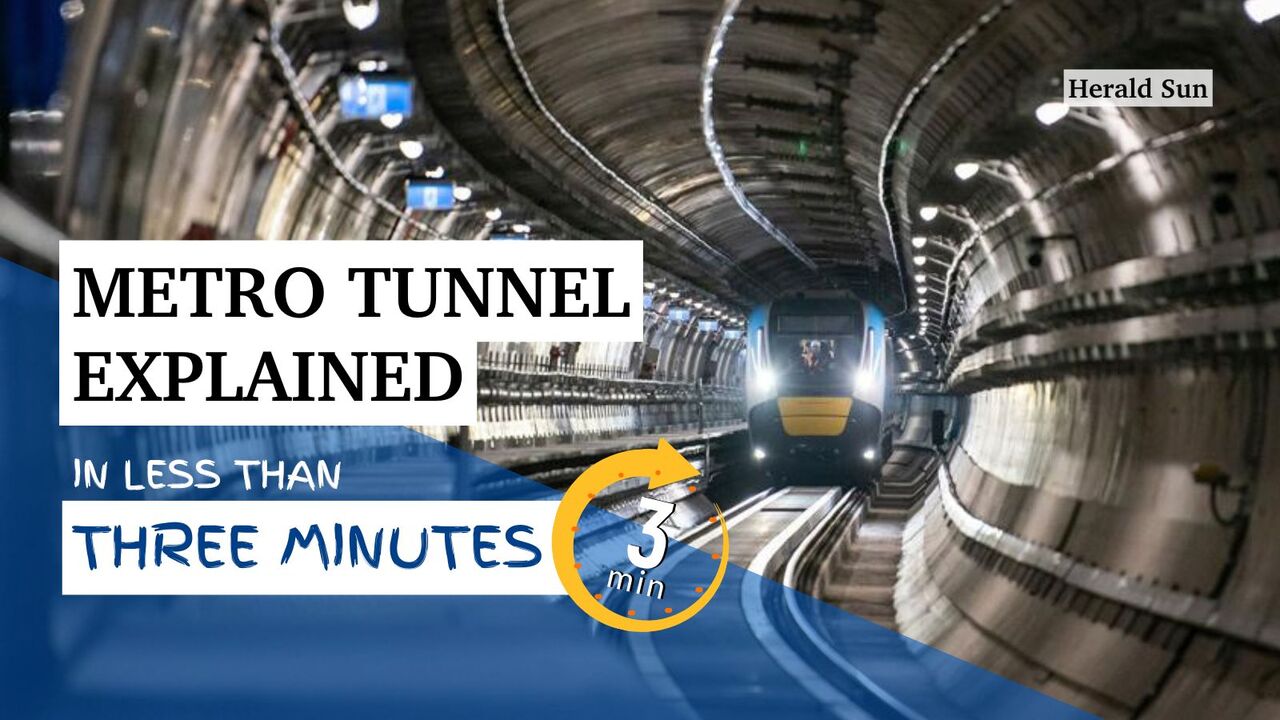
Victoria
Don't miss out on the headlines from Victoria. Followed categories will be added to My News.
Tens of thousands of Melburnians will have their daily commute rerouted when the $15 billion Metro Tunnel opens.
A major public transport communications blitz is expected ahead of the new 9km link taking passengers late this year, due to changes to where trains on the city’s busiest lines run.
The most obvious alteration is for passengers heading in and out of the CBD on Cranbourne and Pakenham lines, from Melbourne’s southeast, as well as on the Sunbury line in the city’s northwest.
Trains on those three lines will no longer go through the City Loop and instead head through the new tunnel, giving passengers direct access to five new underground stations — Anzac on St Kilda Rd, Town Hall and State Library in the CBD, Parkville, and Arden in North Melbourne.

But this means footy fans on the Cranbourne and Pakenham lines heading to the MCG would have to switch lines at Caulfield or Malvern station to get to Richmond station — or take a longer walk from the new Town Hall station in the CBD.
For fans heading to Marvel Stadium, they would also have to switch lines to get to the Loop and Southern Cross station.
Frankston line passengers will also experience travel changes, with their trains returning to the City Loop, in an anticlockwise direction.
Currently, passengers on the Frankston line have to switch trains at South Yarra or Richmond if they want to go through the Loop, rather than direct to Flinders St.
To get to the new Metro Tunnel and its stations, Frankston line passengers would have to swap to Cranbourne and Pakenham lines at Caulfield or Malvern.
Passengers getting on trains at Armadale, Toorak, Hawksburn and South Yarra stations would have to switch to the new tunnel from CBD stations.
Passengers on Werribee and Williamstown lines would also be required to swap trains at Footscray to get to the new tunnel and stations.
A Metro Tunnel Project spokesperson said the new line would “transform the way we move across Melbourne and will free up capacity in the City Loop to run more trains, more often.”
“When the Metro Tunnel opens it will be the biggest change to Melbourne’s train network in more than 40 years and station staff will be out in force to help people get to where they need to go.
“We understand that it will take time for passengers to familiarise themselves with this new city shaping infrastructure and we thank them for their patience as we get on delivering this important project.”
New underground interchanges at Melbourne Central have been built to connect to the new State Library station, meaning passengers from other lines across Melbourne could switch to the Tunnel at those points.
Flinders Street will also be connected to the new Town Hall station, allowing for a similar commuter connection.

The Herald Sun recently revealed that the two CBD stations are running late and missed an April 30 construction deadline, putting pressure on the Government’s promise to open the line this year.
But transport infrastructure minister Gabrielle Williams told a parliamentary inquiry into the State Budget last week that all five stations would be taking passengers in 2025.
The project is running at least $4bn over budget, and is expected to cost at least $15.5bn.
But the government has refused to confirm the current estimated cost, claiming a recent blowout bill that cost taxpayers $838m and was partly paid for by project builders is “commercial in confidence”.
New timetables for existing lines, which will be able to run more frequent services once Metro Tunnel opens due to extra capacity in the Loop, will be released later in the year.
The government says the new Metro Tunnel, which effectively joins the Sunbury line to Cranbourne/Pakenham lines, will enable “turn up and go” services for those passengers.
Take a look inside Parkville Station
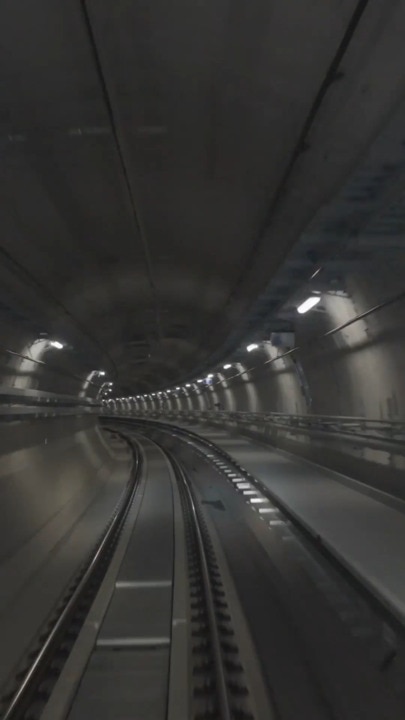
Students and workers in the Parkville precinct will be able to walk between hospitals and the University of Melbourne through an unticketed section of a new Metro Tunnel station.
The Parkville Station includes a wide underground concourse beneath Royal Parade, allowing passengers to connect to workplaces, the medical precinct, or classrooms via the walkway and a row of new shops — without having to pay to enter.
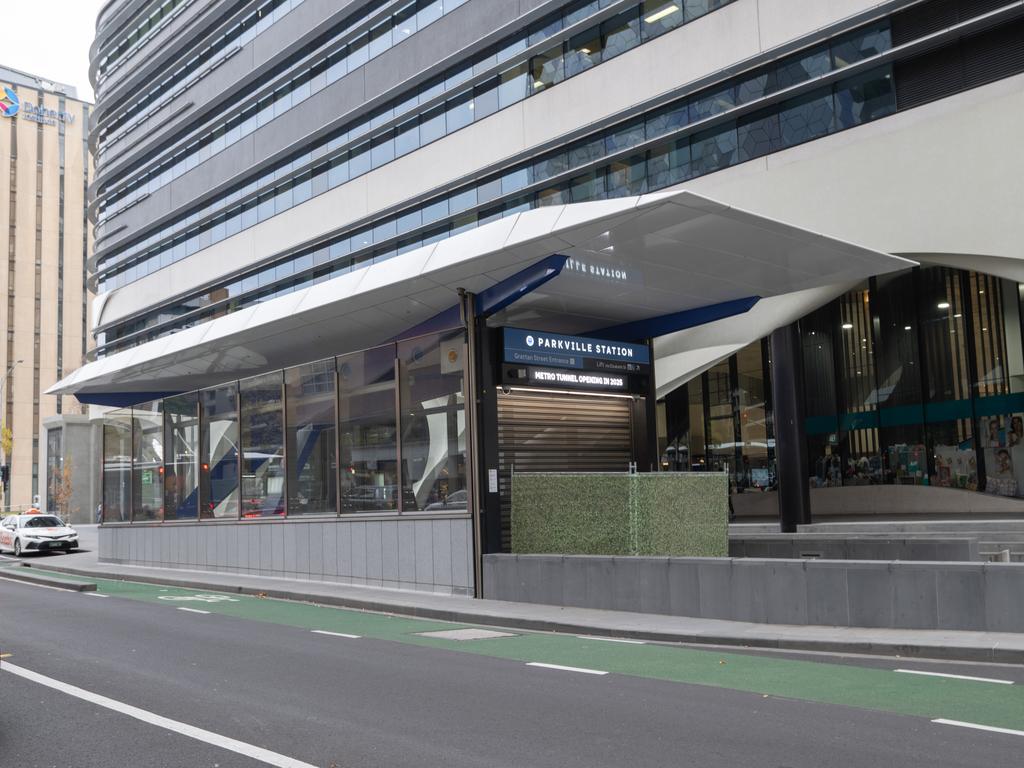

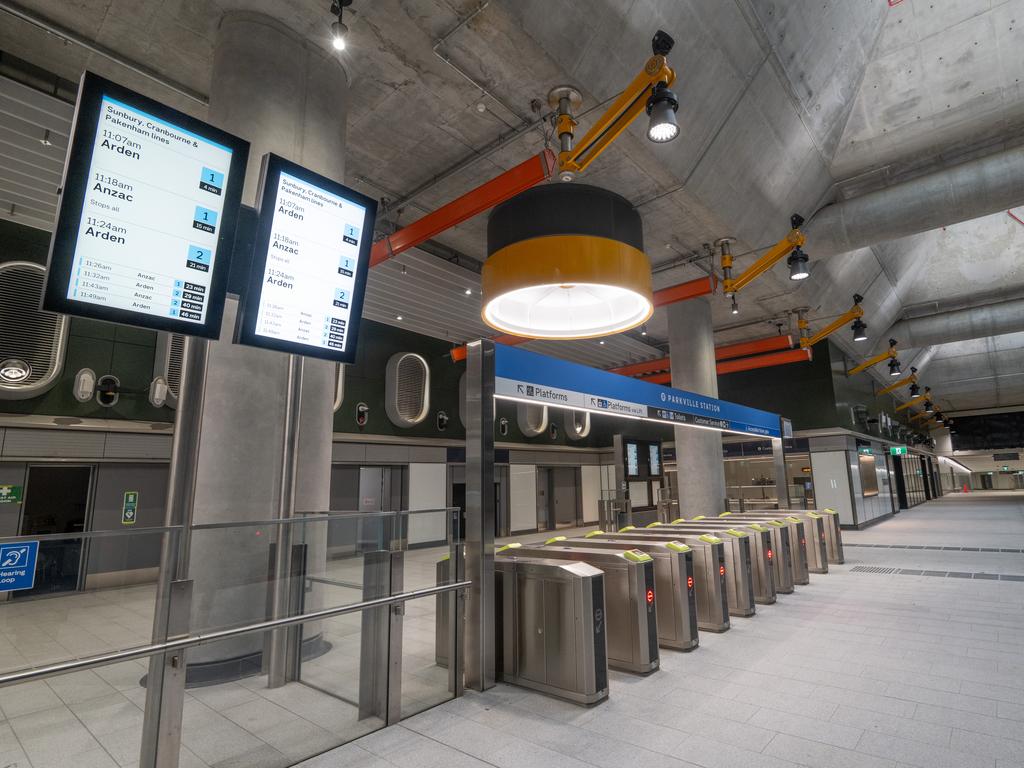
Platforms for ticketed train travel from Parkville Station have been built further underground, and would be accessible via escalators or elevators.
Metro Tunnel Project director, Ben Ryan, said multiple entrances to the station – from Grattan Street, and on either side of Royal Parade – would provide new pedestrian routes through the new concourse.
“You don’t have to pop up to the surface and deal with all the traffic and traffic lights,” he said.
“If you are visiting someone in the hospital you could go straight in, underneath Royal Parade.
“This is an unpaid area … so you don’t have to tap on to get into this area, there will be retail all along the sides here so you could get a coffee or some food.”
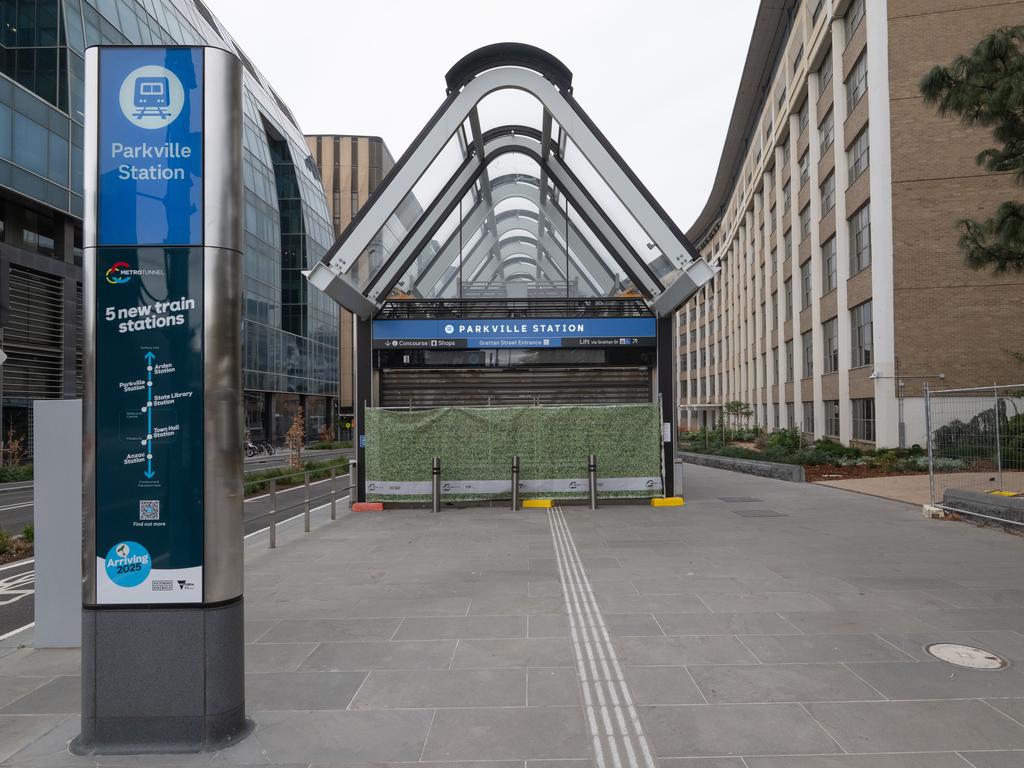

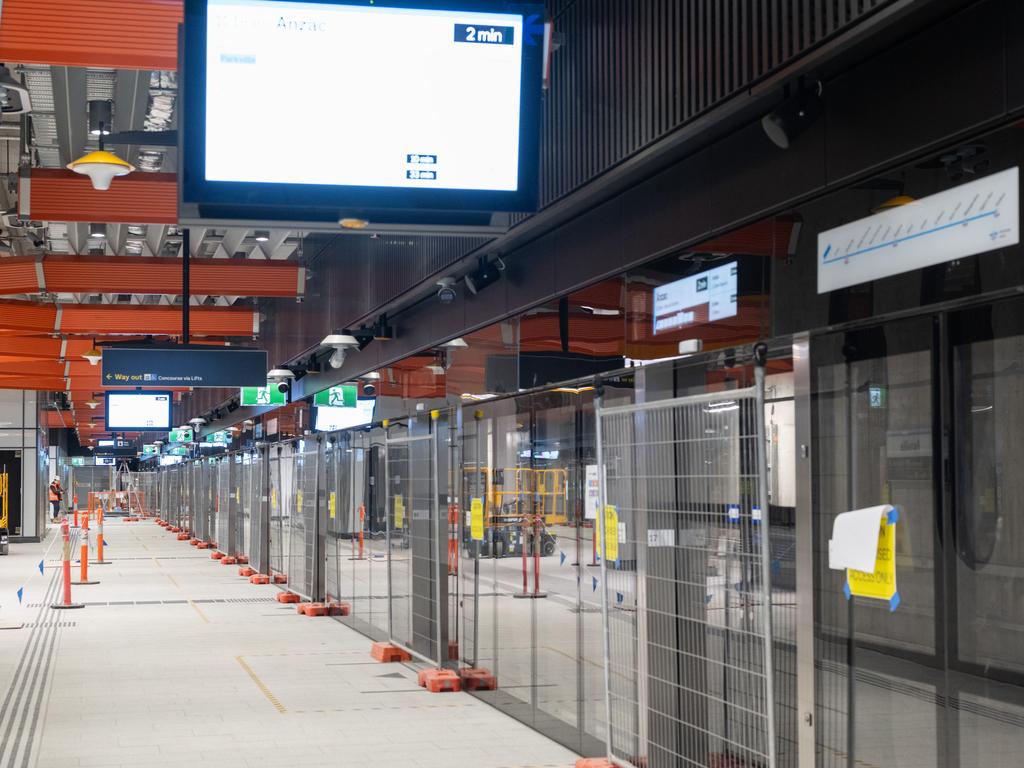
Mr Ryan said about 55,000 students were enrolled at the University of Melbourne and there were more than 73,000 workers in the Parkville precinct.
He said all five Metro Tunnel stations had platform screen doors, used in cities such as London, Hong Kong, and Paris, which lined up with the doors of trains as they arrive.
“They are new for Victoria, it’s a little bit different … so people will have to get used to getting on and off trains with these doors.”
Originally published as New network map revealed: How the $15bn Metro Tunnel will change your trip into the Melbourne


